The global fishing industry – both captured fish and aquaculture – is reputed for its low carbon footprint in the global food chain, but the industry has a host of environmental and health issues of its own. The wave of startups driving the latest tech-craze in Silicon Valley with cellular agriculture are now out to fix the flaws of our fisheries using science and biology.
Cellular agriculture – a groundbreaking technology involving harvesting animal cells instead of animals to produce our favourite meats and animal protein staples – such as milk, meat, chicken and eggs – has become the latest Silicon Valley craze receiving increasing interest from the venture capital world. Without having to feed, breed and or kill living animals, cellular agriculture (cellag for short) is a potentially viable option to keep feeding the world our favorite animal products (like juicy cuts of meat, as well as creamy dairy milk products) without the devastating environmental, health and ethical baggage that comes with traditional animal agriculture.
But until now, the majority of trailblazing cellular agriculture startups (including Memphis Meats, Mosa Meats, Super Meats and Perfect Day Foods) and investors who bankroll these have focused on terrestrial (e.g. land-based animal products) clean meat products like beef, pork, and chicken, as well as milk. It’s easy to see why. Agriculture currently produces about a quarter of all climate-warming gases. Ruminant livestock – like cattle, sheep, goats and deer account for around 60 percent of that – the equivalent to the world’s total emissions from vehicles says Chatham House, a London think tank. Replacing at least some of animal farming with cellular agriculture will, at the very least, make a positive dent in reducing GHGs and address agriculture’s major role in climate change. Not to mention help to contribute to increased levels of environmental degradation, excessive water use and deforestation caused by four-legged farming friends as well as potentially reduce widespread health pandemics and ethical concerns associated with conventional animal agriculture (which is another whole issue).
Animal agriculture generated over 3 trillion dollars (USD) in value-add revenue in 2016, according to the World Bank. So the increasing number of startups and VCs hopping on the cellular agriculture wagon, vying up the multi-trillion dollar global food industry is hardly surprising.
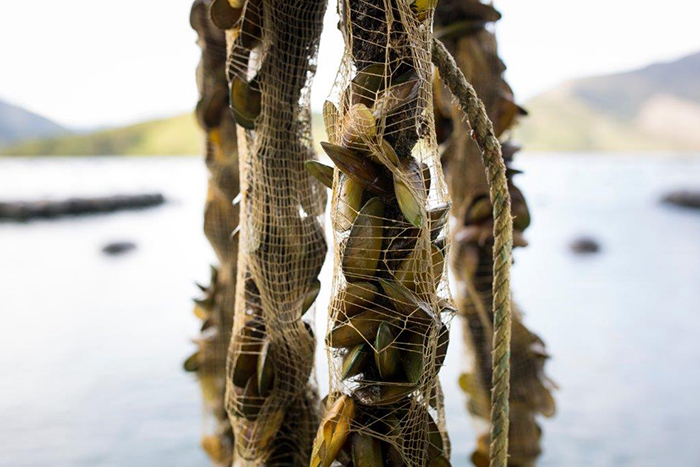
Celebrity A-listers like Richard Branson, Bill Gates, Sergey Brin and traditional animal agricultural conglomerates alike are just some of the few who have recently come to recognize the potential widespread benefits and rosy financial returns that can disrupt the multi-trillion dollar agriculture industry via cellular agriculture. According to CB Insights, the world’s seven largest meat companies account for over USD$71B in market capitalization. The largest being Tyson, boasting a USD$26B valuation. So the increasing number of startups and VCs hopping on the cellular agriculture wagon, vying up the multi-trillion dollar global food industry is hardly surprising –especially if cell ag can eventually trump live animal commodity prices. Clean meat startup, Memphis Meats, has already raised USD$17M Series A round in August this year – backed by some of the aforementioned investors.
The marine industry on the other hand (fish, seafood and aquaculture), has largely enjoyed a more favourable position in the food system spotlight. World Bank studies indicate that environmentally, from its conversion of feed to protein, protein efficiency, emissions per tonne of protein produced to land and water use, fish – both capture and farmed (aquaculture) win hands down compared to animal agriculture. Fish (tuna) produce as much as 5 and 7 times less CO2 per kilo of protein than beef and lamb respectively and a fish eater’s diet produces as little as half the overall GHG carbon footprint of a high meat eater’s diet.
But just because fish and seafood boast a far superior carbon footprint compared to animal agriculture, it doesn’t make the marine industry immune to the potential threat of technology and science – especially cellular agriculture. And Finless Foods – an early stage biotech startup based in San Francisco on a quest to produce cell cultured fish without a living in the wild or farmed fish in sight – is a clear indication of this.
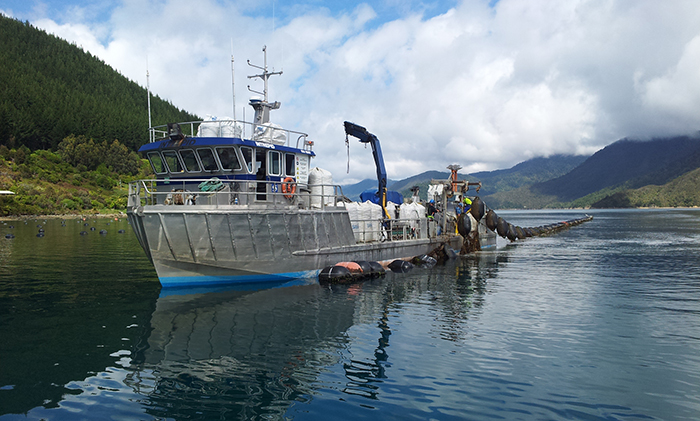
Clean fish – the changing tides of seafood production?
So what’s driving the lofty goals of Finless Foods’ millennial co-founders, Mike Selden and Brian Wyrwas, to revolutionize the way healthy fish reach the mouths of consumers sustainably? Especially if fish is produced so much more efficiently and environmentally benign than land animals. Marine conservation for one. And well-intentioned ideals of making healthy, luxury products accessible to all, is the other.
For the average Kiwi, Finless Foods’ concept of coaxing people to eat petri dish fish grown from cells may seem nonsensical. According to Seafood NZ, the New Zealand seafood industry is internationally respected for its innovative and world-leading approach to sustainable science-based fisheries and aquaculture management. And 97 percent of the country’s fish stocks are considered healthy, according to MPI.
But the reality is that the state of the rest of the world’s fisheries is far less pretty. Widespread overfishing and shrinking global fish stocks, rising health concerns associated with toxic contamination (including mercury and plastic) of wild fish, as well as increasing sustainability and health issues of aquaculture production are just some of the challenges now facing the global marine industry. Indeed, the words from Dr Sylvia Earle at a UN address in 2015, “The ocean is large and resilient, but it is not too big to fail,” are becoming all the more acute as the world’s hunger for marine proteins continues to increase and are key issues that Finless Foods wants to address via bivalve cellular agriculture.
The current flaws of the seafood industry aren’t confined to wild capture fishing practices either. In recent years, aquaculture has become the favoured go-to method for sustainable fish production as a way to avert the total ecological collapse of global fisheries. And for the first time ever in 2014, farmed fish surpassed captured fisheries. However, farmed fish comes with a host of ecological issues and supply chain problems of its own. Fishmeal – made up of ground up forage fish like sardines, anchovies and menhaden – and fish oil supplies, both essential aquaculture inputs, are growing increasingly scarce and expensive. And If forage fish disappear from the ocean food chain, so too will other forms of marine life such as seabirds, whales, seals and dolphins that depend on it. Not only that, studies have shown aquaculture to be twice as GHG intensive than capture fishing, meaning as demand of aquaculture seafood grows so too will the GHGs in a once carbon-friendly food producing industry.
Without the ocean pillage or negative health impacts currently associated with captured and farmed fish, “clean fish” ( i.e. grown via cellular agriculture), if it takes off, will undoubtedly help to ease some of the pressure on the world’s natural ecosystems. “We want to show the public we are doing this for the right reasons, and that we are working on clean fish primarily as a conservation issue” says Selden. “Yes, fish is a high-value product. But I also think it is important people know we’re doing this as a conservation issue. Bluefin tuna species are on and off the threatened species list, partially because it’s so expensive. We can take the pressure off these increasingly rare and wild populations”.
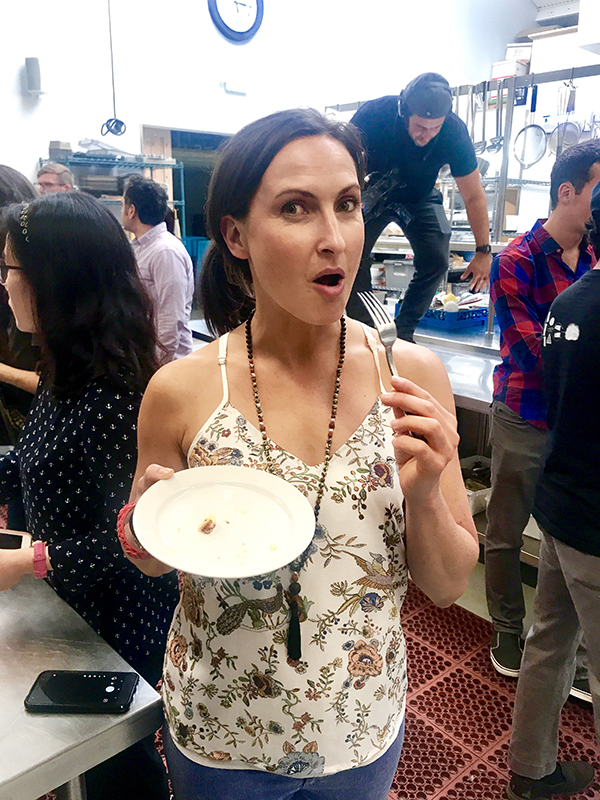
Dr Bosworth samples Finless Foods’ world’s first lab-grown fish cell product
Starting with surimi made from bluefin tuna cells, Finless Foods’ aim is to produce luxury fish products for the world via cellular agriculture, and sell it at price points the same as, or below the price of canned fish today. “Eventually we will bring the price of bluefin tuna down to the point that we can give people the choice between canned skipjack and albacore (cheaper varieties) that has mercury and plastic in it, or provide them with this very high-quality Bluefin tuna (produced via cellular agriculture) without any contaminants in it – for the same price”.
I was fortunate enough to be among the lucky few to attend the launch of Finless Foods’ world’s first lab-grown fish cell product in September this year. The company’s “clean fish” potato croquettes consisted twenty-five percent carp fish cells grown outside of the fish. The clean fish flavour was somewhat eclipsed by the potato filler, and each of the five croquettes cost an approximately hefty USD$200 to produce, making the fishy protein slightly out of price range for the average sushi lover. However, the launch of Finless Foods’ first generation clean fish prototype was still significant for both the company and the industry. It served as an initial benchmark of their strong scientific progress thus far and was the first of many stepping stones on their path towards achieving the company’s wider mission: To produce luxury seafood at price points of low value canned fish. And while Finless Foods’ clean fish is prohibitively expensive right now, if the company successfully refines its science around taste and texture and is able to bring down production costs to price match today’s prices, it could quite possibly change the future of the marine industry and seafood as we know it.
So what does this mean for the New Zealand fishing industry? Is clean fish the next big threat to our already vulnerable commodity based primary industries? Are major Kiwi seafood players like Sanford, Moana NZ and Sealord aware of the potential threats and impacts of cellular agriculture? Or is cellular agriculturally grown fish just more Silicon Valley hype and thus not to be taken too seriously by global industry leaders in New Zealand?
According to Seafood New Zealand communications spokesman, Matt Atkinson, the national industry body for the country’s seafood industry is aware of the real challenge of feeding the world’s growing population – and the role new food technologies can play in solving the problem. However, given New Zealand’s stellar sustainability track record when it comes to seafood production, Seafood New Zealand doesn’t appear to be too worried about potential impacts clean fish cellular will have on the NZD$1.8B industry. “These (cellular agriculture alternatives) will, in time, become a competitor in the market” says Atkinson. “However, we believe that there will always be a place for New Zealand’s nutritious and sustainably caught seafood”.
CEO of Sanford Limited, New Zealand’s largest seafood supplier, Volker Kuntzsch, also doesn’t see the demand for live fish being wiped out anytime soon by cellular agriculture. “There will always be a certain degree of the population who would like to pay a price to buy something that is natural and sustainable. I don’t think in the next decade all of the population will change over to synthetic, or that we will see an end to live fish farming or capture fishing anytime soon”. The old “nothing beats naturally produced food from New Zealand” chestnut clearly reigning supreme as much in the seafood industry as it does in the dairy and animal agricultural sectors.
Kuntzsch doesn’t seem to be too concerned about an increasing supply of cheaper seafood proteins (such as those that companies like Finless Foods are proposing) either. “The challenge for us is not having too much fish – the challenge is to create the highest possible value. We have to focus on the fact we have a vast diversity of species like snapper, kahawai and orange roughy and deliver this to consumers in the most value-added way.”
Both Kuntzsch and Seafood NZ cite various commendable world-leading sustainability initiatives that are helping to differentiate NZ seafood players and improve the ecosystem resilience of the country’s existing fisheries. These include: Precision Seafood Harvesting, a new trawl method that targets specific fish size and gets the fish out of the water without damaging them as trawling can, SpatNZ – a partnership between Sanford and the New Zealand Government to spawn green shell mussel spat indoors, and the introduction of more fuel-efficient wild fishing vessels, equipped with robotic equipment and sensors to make capture fishing far more targeted in the future.
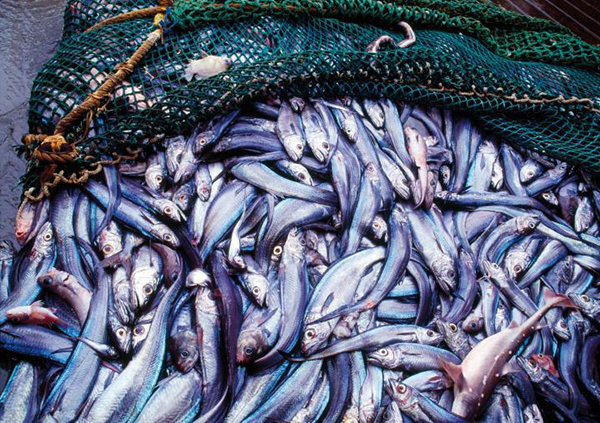
No get-out-of-jail-free card for global fisheries
That said, Kuntzsch is not ignorant of the potential threat of cellular agriculture and the challenges it may pose to his industry. “It does feel there’s an increasing awareness of how we treat animals and while it’s happening on land-based proteins” he says, “it will be an inevitability that people will ask the question on fish and catching it”.
As a way to reduce its impact on the ocean’s ecosystems, around a third of the Sanford fish and seafood products are now produced via aquaculture farming methods. And roughly one-third of the company’s revenues come from its various farmed seafood products. A number that is steadily growing says Kuntzsch. “We have come some way from being a hunter-gatherer towards finding ways of creating more with the beautiful natural resources we have. We are definitely looking at alternatives. We need to. I can see ourselves looking more at the farming of seafood”.
But this doesn’t mean New Zealand players like Sanford – or other global fisheries and seafood industry producers who are now focused on sustainable fish farming – have a get-out-of-jail-free card. Farmed fish, while environmentally superior to animal agriculture, still produces roughly twice the kg CO2e of captured fish – largely due to energy requirements of the infrastructure of growing fish in controlled environments and producing fish feed. All the while demand for fish is skyrocketing. According to the FAO we now eat twice as much fish than we did 50 years ago and this number is set to almost double again by 2030. Meaning, while our oceans are, to a degree, being spared ecological collapse, ever more pressure is being put on an already stressed climate and marine ecosystems for forage fish as the production of farmed seafood grows.
Begging the question: is the aquaculture industry just replacing one problem with another? And if so, does the case for cellular agriculture become all the more legitimate, making companies like Finless Foods more valuable and necessary for sustainably feeding a growing world. “I think it’s really important that people understand we are not some faceless corporation trying to change their food. We’re trying to really help the environment and do good for the world. We come at this from a scientific and environmental perspective” says Selden.
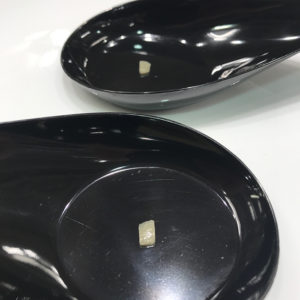
The future ahead for NZ fisheries
So, while the thought of producing lab-grown or “cultured” seafood and fish in vitro may seem dubious for some, especially for those who have come to appreciate the fresh, clean and healthy allure of real fish sustainably sourced from NZ, the case for cellular agriculture continues to mount for the seafood industry. If and when the costs of luxury clean fish products drop to prices the mainstream consumer can afford, and as soon as big food retailers and quick service food chains like McDonald’s start to substitute with clean fish in their mass-market fillet-o-fish products, it may well be like the Ross Sea ice shelf breaking off for the global seafood industry – with ripple effect for NZ. And this could be a lot sooner than we think.
Yes, it is true that there’s nothing better than fresh, naturally sourced and healthy New Zealand seafood, but the many potential benefits of “clean fish” production and the appeal to ecologically inclined consumers should not be overlooked in a rapidly changing world of food and agriculture production.
Dr Rosie Bosworth

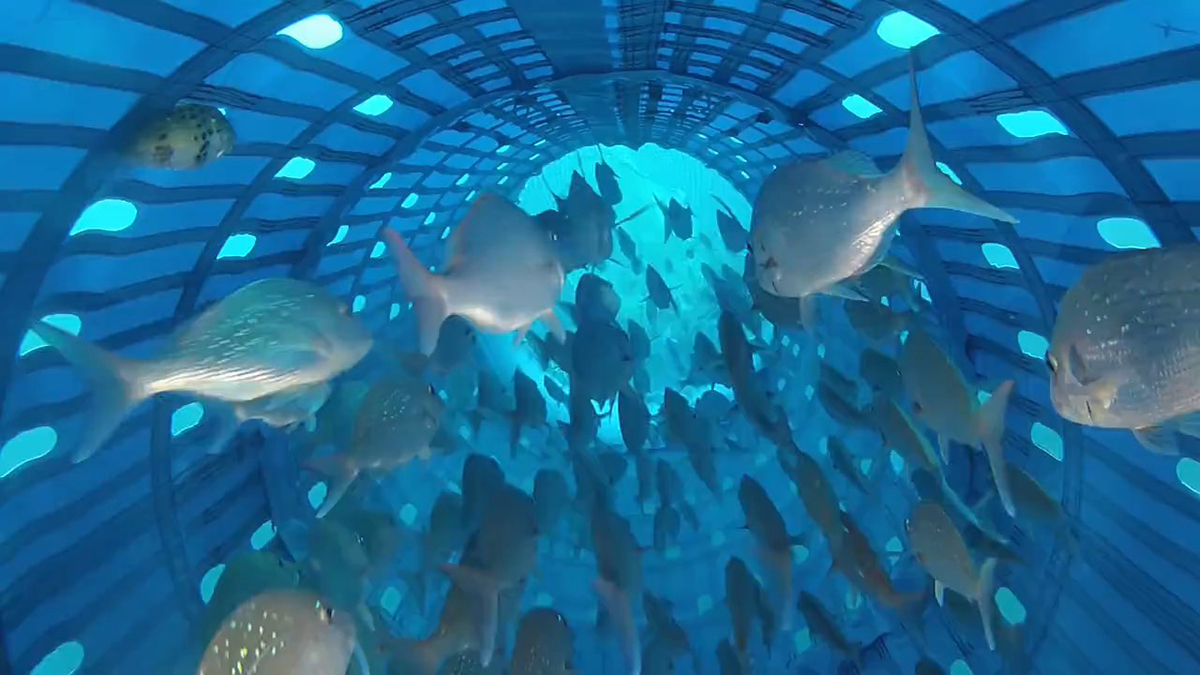


Leave a comment